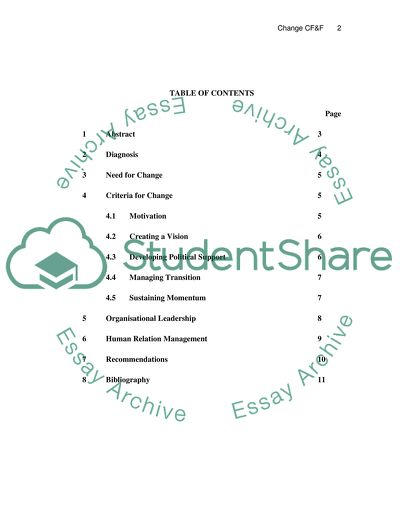Cite this document
(Change Management Improving Training and Development Case Study, n.d.)
Change Management Improving Training and Development Case Study. https://studentshare.org/human-resources/1711295-improving-training-development-teamwork
Change Management Improving Training and Development Case Study. https://studentshare.org/human-resources/1711295-improving-training-development-teamwork
(Change Management Improving Training and Development Case Study)
Change Management Improving Training and Development Case Study. https://studentshare.org/human-resources/1711295-improving-training-development-teamwork.
Change Management Improving Training and Development Case Study. https://studentshare.org/human-resources/1711295-improving-training-development-teamwork.
“Change Management Improving Training and Development Case Study”. https://studentshare.org/human-resources/1711295-improving-training-development-teamwork.


